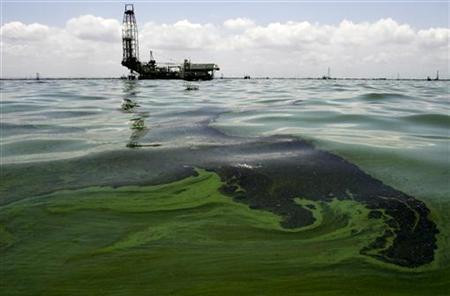Mysterious toxic substance killing sea life in Russian beach
Upon initial analysis of the water, authorities were able to detect traces of oil products and phenol but no official cause of the pollution has been established.
Dead sea creatures have been washing up on the beaches of Kamchatka, Russia as environmental activists are demanding answers from what they call a major ecological disaster. Videos and photos of discoloured ocean waters, dead octopuses, carcasses of seals and the like are showing up on social media prompting Greenpeace to denounce the current state of the far eastern beach.
Believed to be caused by a toxic spillage in the Pacific Ocean, local residents and surfers have since been complaining of fever, rashes, swollen eyelids and vomiting. Health officials have also confirmed that surfers suffered mild burns in their corneas. Upon initial analysis of the water, authorities were able to detect traces of oil products and phenol, however, no official cause of the pollution has been established.
Environmental disaster happened in Kamchatka.
— Greenpeace Russia (@greenpeaceru) October 3, 2020
Experts found an excess of oil products (4 times), phenol (2.5 times) and other substances in water samples. The extent of the pollution has not yet been determined. Greenpeace requires immediate investigation. pic.twitter.com/UNVMQjaumi
The Kamchatka administration says investigations are currently being conducted by Russia's emergency ministry. Specialists are collecting samples from different bodies of water in the region to better determine the cause. Reports from late September state that waters on Khalaktyr beach exhibited a change in colour and had a strange smell, the BBC wrote.
The Pacific Fleet headquarters denied any involvement while local authorities have not had any reports of industrial accidents in the area.
Greenpeace reported that their tests showed four times more petroleum products and 2.5 times more phenol were found in the water. An amount which exceeded authorised standards and has affected several kilometres of the beach.
«We've observed a yellowish foam on the ocean surface. The water itself is opaque. In one location we found dead animals. A certain volume of pollutant, not only on the surface, but also at depth, moves along the coast», Vasily Yablokov, Greenpeace Russia climate project leader. pic.twitter.com/icLrFptiFC
— Greenpeace Russia (@greenpeaceru) October 5, 2020
Kamchatka governor Vladimir Solodov said they will be checking two military testing sites, Radygino and Kozelsky, that may be linked to the contamination. Experts suggest that highly toxic rocket fuel could have leaked into the sea as a "yellow film" on a local river has been reported.
Radygino, which is around 10 kilometres from the sea, was the venue for drills in August. Biologists speculate that stored rocket fuel in the military site could have rusted over and caused fuel to leak into the streams. The other military site was used to bury toxic chemicals and pesticides.
Local authorities still have not ruled out seismic activity or a natural phenomena, such as the algae that was brought to the coast during a storm. As of this time, Ecology Minister Dmitry Kobylkin said Russian President Vladimir Putin had ordered him to get to the bottom of the situation.

© Copyright IBTimes 2025. All rights reserved.





















